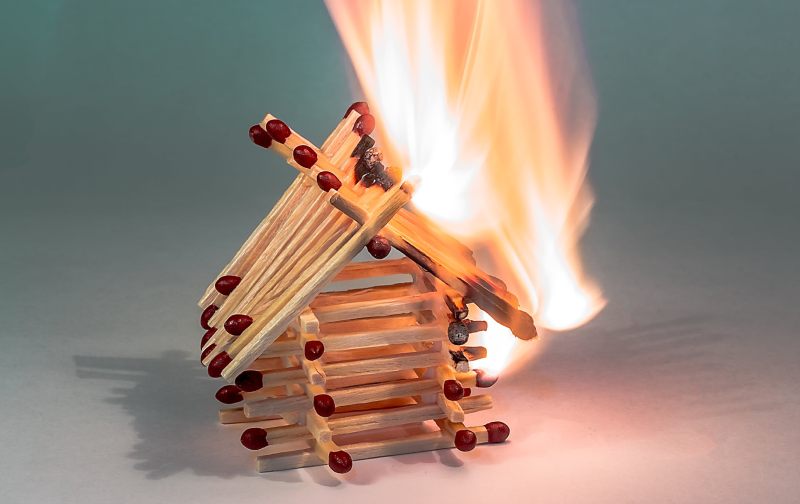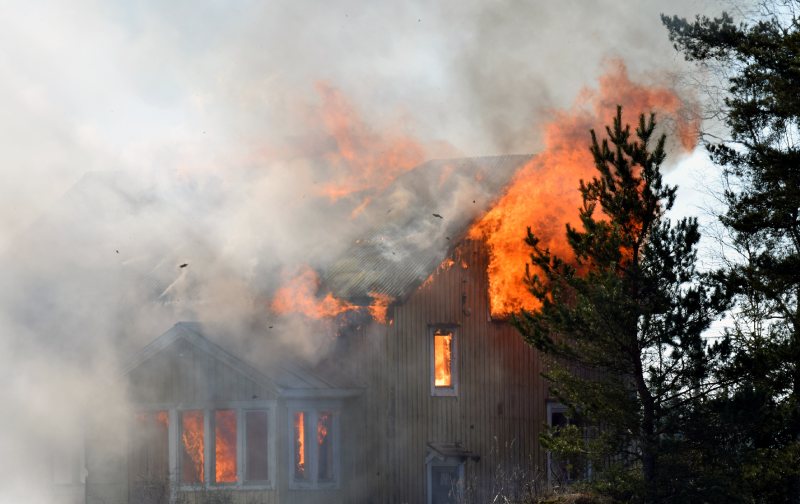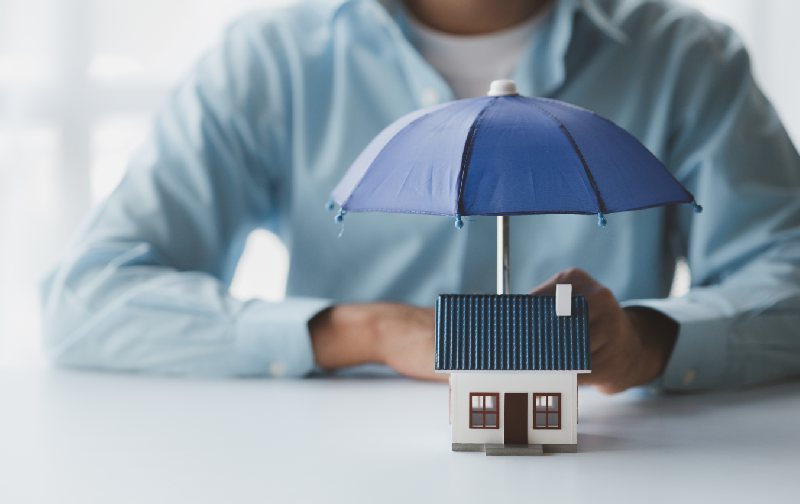

Fire Insurance falls under the category of Property Insurance that covers loss /damage caused to the Insured property by Fire and allied group of perils.
This Insurance can be extended to Factory /Industry, Residences, Commercial buildings/establishments, Storage Centers/Godowns, Property in open, Cold Storage
The above being indicative.
Fire insurance is a named peril policy and covers :-
Fire, lightning, explosion implosion, aircraft damage, RSMD, Storm Tempest Inundation, flood, Hurricane, typhoon, Cyclone, earthquake, impact by rail, road vehicles belonging to third parties, subsidence/landslide, bursting and overflowing of tanks, apparatus, missile testing operations, leakage from automatic sprinkler installations, bush fire.

With complexities associated with risks increasing and the need for covering risk specific to Industries coming to the awareness of Insurers, many add-on covers have been designed and can be opted for, like

Fire insurance premiums are determined by several factors, including the value of the property, its location, the construction materials used, and the fire protection systems in place (e.g., smoke detectors, fire extinguishers, sprinkler systems). Insurers may also consider the proximity of the property to fire hydrants or the availability of fire departments.4
Fire insurance is typically offered as a standalone policy or as part of a comprehensive homeowners or business insurance policy. It is important for property owners to carefully review the terms and conditions of their policy to understand the coverage limits, deductibles, and any exclusions that may apply.

This policy is also called a fire Consequence loss policy / Business Interruption Cover
It covers the financial loss suffered due to business interruption consequent upon fire or other extended perils covered and admitted under the basic fire material damage policy issued to the Customer.
It is generally contingent for a business enterprise to have a basic Fire material damage policy to cover FLOP.
The sum insured here is the Gross Profit to be obtained from the Profit and Loss account of the proposer/customer.
Gross Profit = Net Profit + standing charges.
Alternately Sales-variable expenses.
The policy period is called the Indemnity Period and the same is defined as the maximum period required to put the business back into operations, it can range from 3 months to 3 years